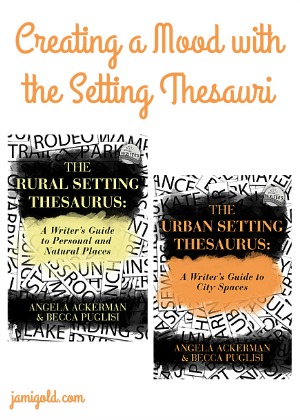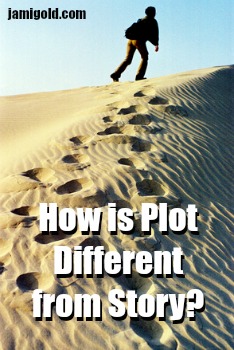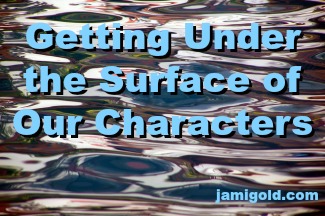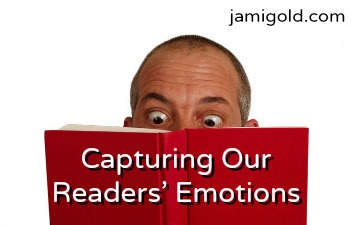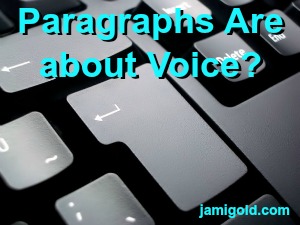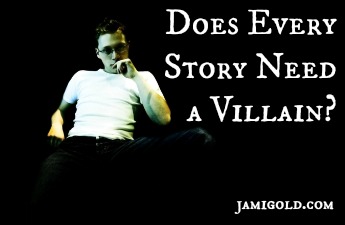A recent article about unlikable heroines pointed out that likability is often more of a problem for female characters than for male characters. While I’ve learned how to minimize those issues with my characters, the problem still rankles me.
Pin It
Read More
The Thesaurus books by Angela Ackerman and Becca Puglisi are a must-have for every fiction author, and they now have two new Thesauri books: Urban Setting and Rural Setting. Becca’s here today to talk about how setting is important for more than just describing the time and place of our scene.
Pin It
Read More
As writers, we do everything we can to make readers invested in our characters in some way. An invested reader is a happy reader, right?
Well, maybe not. Let’s take a look at the other side of character development.
Pin It
Read More
When we first start off as writers, if someone asks us about our story, we might launch into an overview of our story’s plot. It’s easy to think the plot is what our story is about. But with few exceptions, story isn’t the same as plot.
Pin It
Read More
Aphantasia is the term for when someone can’t imagine something in their mind–“mind blindness” or not having a “mind’s eye.” As writers, this perspective not only gives us all sorts of story and character ideas, but it can also raise many questions about the concept of imagination itself.
Pin It
Read More
I’ve written many times about how much I love subtext, the stuff that happens between the lines. Subtext lurks in many aspects of our stories and helps immerse readers and add realism and tension. In addition, subtext can help us build layered characters.
Pin It
Read More
To create a great emotional story, we need to know not only the vocabulary of describing emotions, but also how we can evoke emotions in our readers. Marcy Kennedy’s here to show us how deep point of view can help us evoke those emotions we want within our readers.
Pin It
Read More
From school, we’re probably all familiar with using topic sentences to break ideas into paragraphs in non-fiction, but the rules are different for fiction. Choosing where to put paragraph breaks is one of the most voice-dependent decisions we can make as writers.
Pin It
Read More
Our stories consist of many elements—from backstory to dialogue—that each contribute to our story. Yet we can overdo those elements with an information dump. How can we include the different elements while making sure we don’t cross over into Info Dump Land? Let’s talk options…
Pin It
Read More
Conflict is one of those words we all think we understand, but the writing-world meaning doesn’t have the same connotation as the non-writing meaning. Yet it’s only after understanding conflict that we’ll see the difference between antagonists and villains in storytelling.
Pin It
Read More


